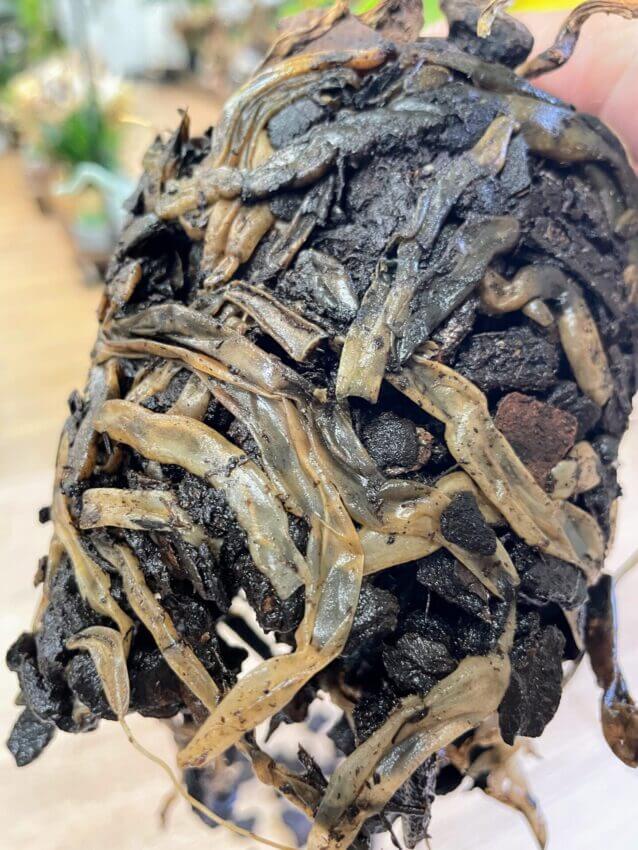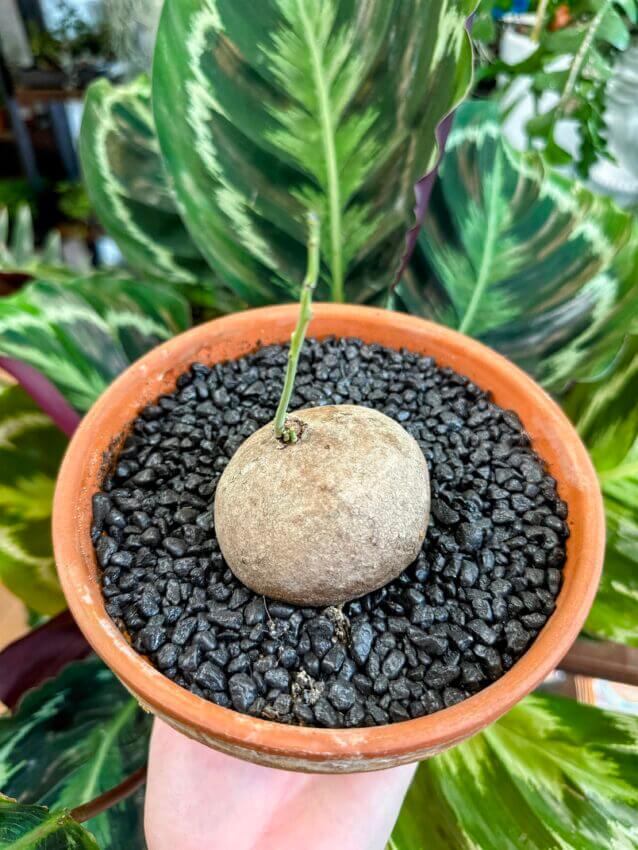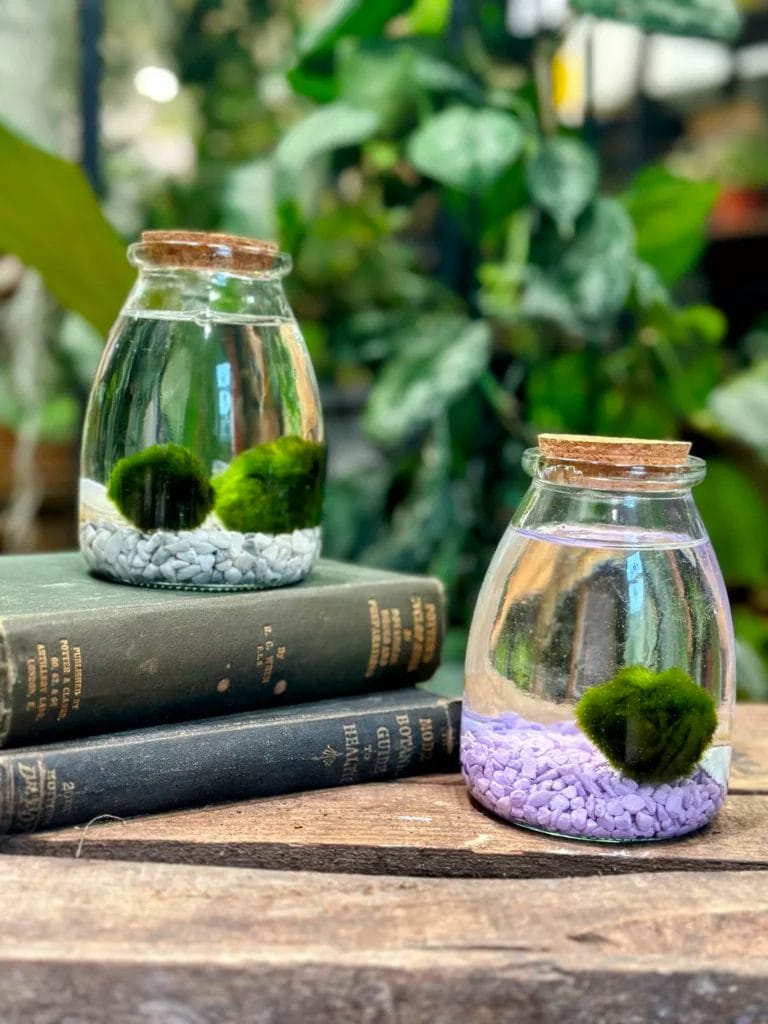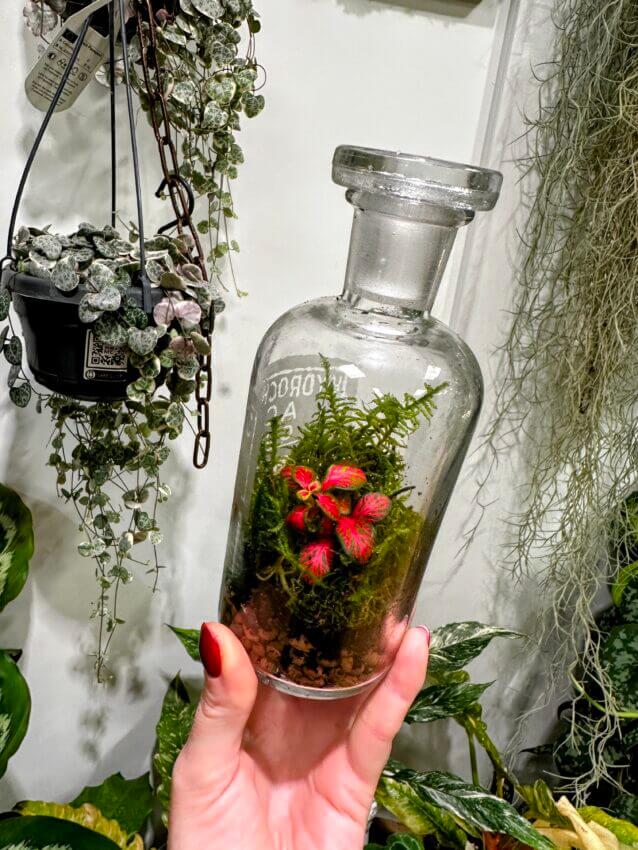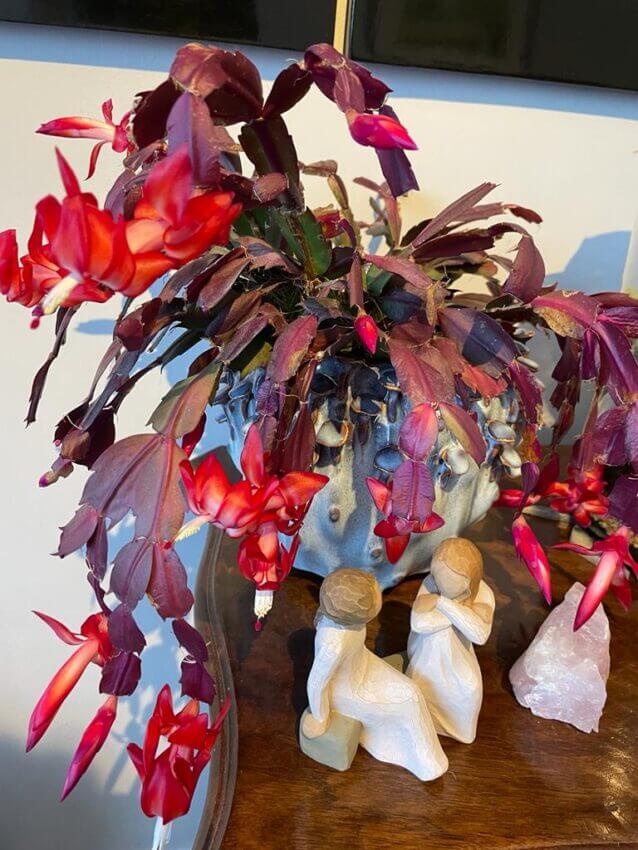As the days grow shorter and temperatures drop during autumn and winter months, it’s time to prepare your beloved houseplants for the winter season. Houseplants need some extra care and attention to thrive during the colder months. In this comprehensive guide, we’ll explore how to adjust your plant care routine to accommodate changes in light, temperature and humidity, ensuring that your indoor jungle continues to thrive throughout the winter.
Assess Your Indoor Environment
Before making any adjustments, take a moment to evaluate the conditions in your home during the autumn and winter. Factors, like reduced natural light and lower indoor temperatures, vary depending on the month and your location and can impact your plants’ health. Here are two of the most important factors to consider:
- Light Levels: Winter days are shorter and darker, with less intense levels of natural light. Observe how the light enters your home which areas receive the most sunlight and which are getting darker.
- Temperature: Tropical houseplants often prefer a stable temperature range, most of them can handle lower temperatures but sudden changes can negatively impact your plants very quickly. Avoid placing them near drafts, fireplaces, candles or radiators that can subject them to rapid temperature fluctuations.
Adjust Watering Routine
One of the most significant changes during the winter is that your plants may require less water. Forget about scheduling watering on a specific day of the week or every X number of days (which is never a good idea!). Reduced light and lower temperatures slow down the growth rate, leading to reduced water absorption. During colder months the risk of overwatering which may lead to root rot increases but can be avoided if you follow these watering tips:
- Always Check Moisture Levels: Stick your finger at least 2-3cm into the soil. Water only when the soil feels dry. For houseplants planted in larger pots, you may need to put your finger deeper to make sure that the bottom part of the roots is not sitting in a constantly moist soil. Overwatering can lead to root rot*
- Water Sparingly: Reduce the frequency of watering but don’t let them dry and stay this way for very long, ensure that your plants receive enough hydration*
- Use Room Temperature Water: Avoid cold water from the tap, as it can shock your plants. Allow water to reach room temperature before watering and never use ice cubes or snow. If you would like to use snow make sure that you do not live in a highly polluted area and melt snow and ice before watering your plants.
*Some plants including carnivorous plants, succulents and cacti may require more or less water during winter than ‘an average’ tropical houseplant. If you are not sure how much water your plant should get check our care guides or ask a wee assistant, MossBot who can answer all your plant care questions!
Humidity Control
Indoor heating systems can reduce humidity levels, which may adversely affect your houseplants, especially those that thrive in tropical conditions. Your favourite Philodendron, Calathea or Maranta plants can really struggle during this period and you may notice yellowing leaves or crispy edges. Those often are symptoms of low humidity but if you are not sure compare your plants with our article explaining the reasons behind yellowing leaves! Here’s how to maintain adequate humidity:
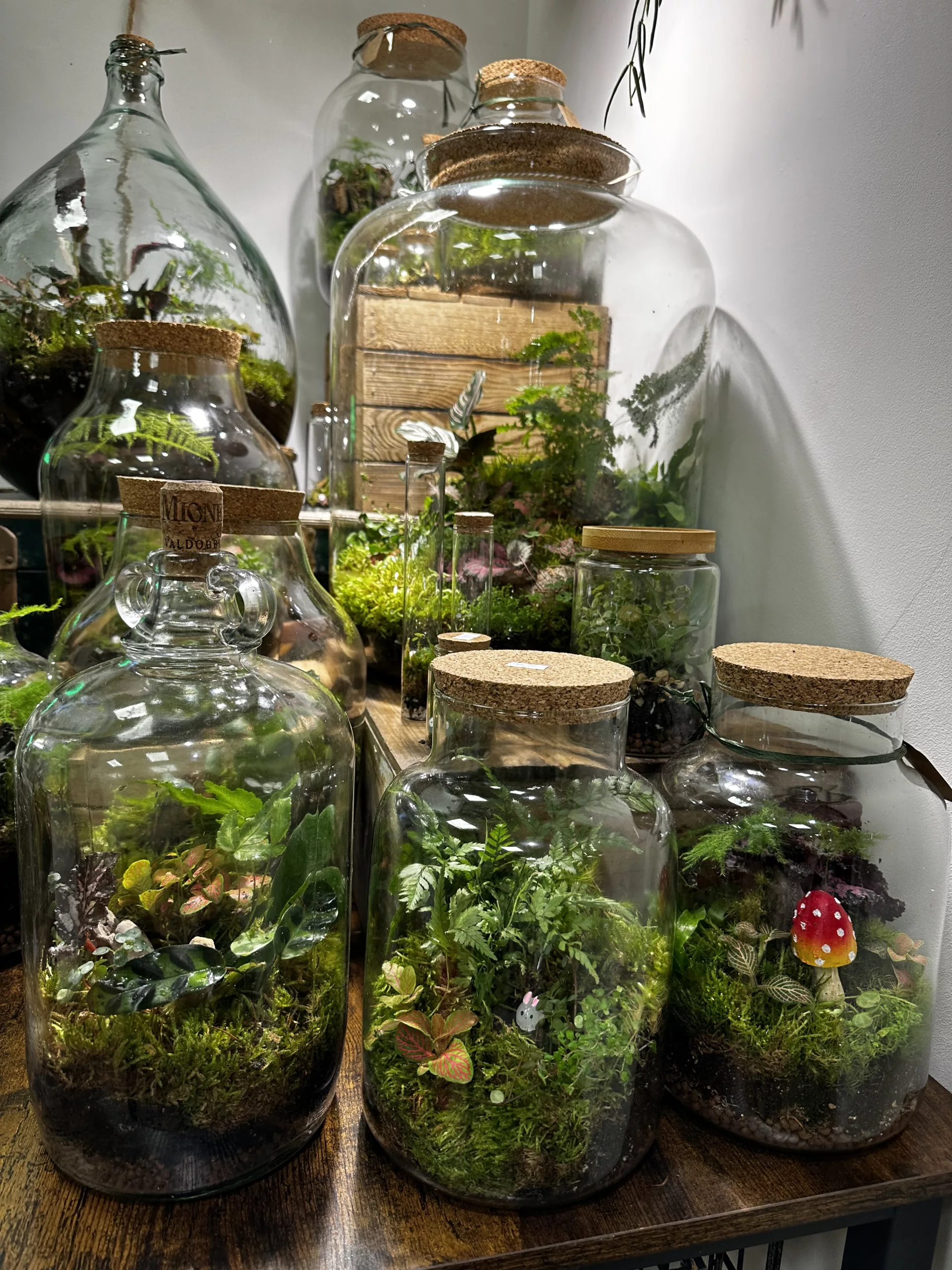
- Group Plants: Grouping plants together can create a microenvironment, the greenhouse effect which will increase the humidity level.
- Use Humidifiers: Consider using a humidifier, evens a small one can make a difference!
- Place Plants On a Tray With Clay Pebbles: Fill the tray with water so that pebbles are covered in 3/4 but water doesn’t touch the pot. This simple and cheap trick will help to increase humidity slightly. You can choose larger pebbles for medium and larger plants and small-grade clay pebbles for your wee plants.
- Mist Leaves: Lightly misting the leaves of your plants can provide a temporary boost in humidity, as well as clean leaves. However, avoid over-misting, as it can promote fungal growth. make sure that there is good air circulation and leaves will not stay wet for too long.
- Consider Dome or Terrarium: If you have a super sensitive plant which requires higher humidity like for example Begonia Amphioxus or Calathea White Fusion you may consider a dome or larger terraium container. The plant closed in its own glassware will benefit from higher humidity as well as warmer temperatures.
Pruning and Maintenance
During the winter, your plants may experience a slower growth rate. Take advantage of this period to perform necessary maintenance, its nothing better than a long winter night spent with your plants:
- Pruning: Trim any dead or yellowing leaves to encourage healthy growth but also keep an eye on signs of pests which may be less active during the winter but still exist. You can continue to use your pest prevention treatment during the winter to prevent outbreaks in spring. Always consider using eco-friendly solutions which will not harm the environment, humans and pets. Keep an eye on signs of common pests like spider mites or thrips all year around, use this article to find out what they look like and what kind of damage make to your plants.
- Repotting: There is a myth that plants should be repotted only during spring and/or summer but true is that it should be done when plants need it no matter if is winter or summer. Consider repotting if your plant has outgrown its current container or the soil has become depleted. Always use the soil suitable to your plant’s needs!
- Fertilization: Reduce or suspend fertilization during winter as your plants’ nutrient requirements decrease. Some plants like Monstera Adasonii may require extra nutrition all year around but most plants will benefit from a break.
Adjust Plant Placement
Optimize your plant’s placement to make the most of available light and temperature conditions:
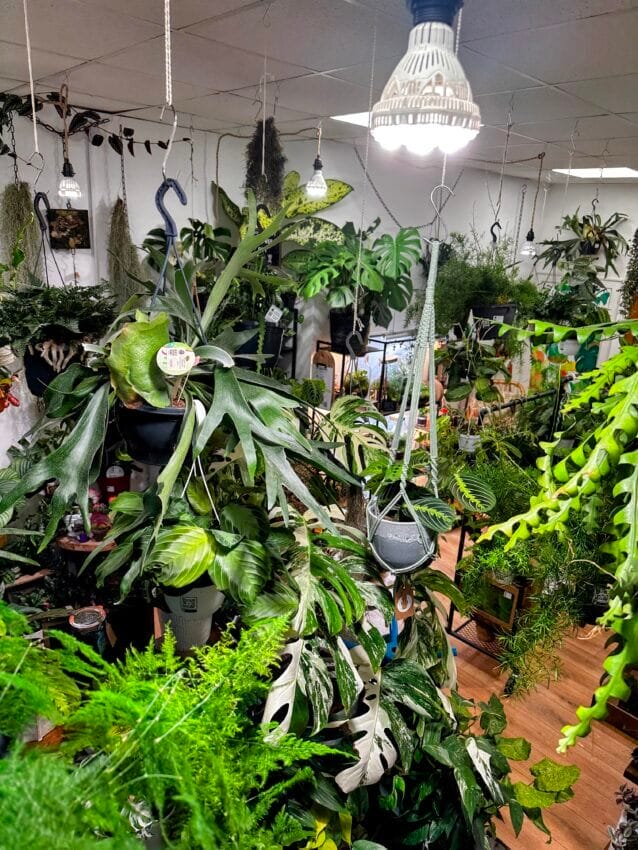
- Rotate Plants: Rotate your plants regularly to ensure even growth all around and prevent them from leaning towards the light source. This is very important especially for some cactus and succulents if you want to keep them even and straight.
- Use Reflectors: Place reflective surfaces like mirrors or foil behind your plants to bounce light onto the less well-lit sides. Thick thermal, reflective foil can help with the insulation of your plant cabinet and increase the temperature inside to keep plants cosy. If your home is poorly isolated then placing the foil between the radiator and wall can help to direct warm air into the room instead of being absorbed by the wall.
- Consider Grow Lights: If natural light is limited, consider supplementing with grow lights to provide the necessary light for your plants to thrive. Modern grow lights are not only energy efficient but also have a pleasant, warm colour and can replace a bulb in your standing light. This way you can switch it on during long, dark evenings when reading books or watching TV and your plants will benefit from an extra boost of full spectrum light.
- Plan And Prepare: Consider moving your plants to one room to save on heating and try to place them as close to the source of natural light or full spectrum light as possible. If you going away for a longer period of time and leave your plants without heating, for example, during Christmas break or holidays put all the plants together and cover them with a tent made of a clear plastic bag or sheet. The temperature inside this homemade greenhouse will be slightly higher than outside and this may save your plants. You can also consider investing in a small indoor greenhouse if you don’t feel like doing DIY projects.
Dormancy
Some plants like Alocasia, Caladium, and Carnivorous plants may enter dormancy during winter, which involves reduced growth and specific care needs. Research the individual needs of your plants to provide the best care during the winter months.
Conclusion
Winter can be a challenging time for houseplants, but with the right care and attention, your indoor jungle can continue to thrive. By adjusting your watering routine, managing humidity, performing regular maintenance as well and planning the optimal locations for your plants we can help your housepants to adapt to changing temperatures, humidity and lighting conditions. With these tips keeping plants in a chill and dark home will be easier than expected.


